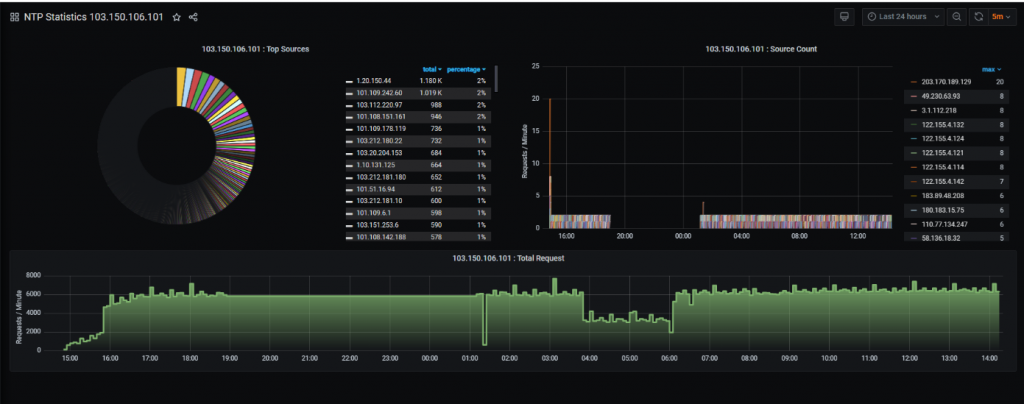The expansion of Digital Society, Internet, e-Commerce or even Metaverse that we have only recently heard about. It has been working tally with Thailand Standard Time (TST). Hence, TST has to be built on a digital network to aggregate the various activities of humans, computers, robots, and AI algorithms to go hand in hand. Currently, the standard time system on digital networks has evolved to the 3rd generation with low error.

In detail, the 1st Generation has an error of milliseconds (thousandths of a second). The 2nd Generation has a microsecond (millionth of a second) error and the 3rd Generation, the latest development, has an error as low as nanoseconds (a billionth of a second). It is dispersed in all fields such as radar, military, aviation, high-speed rail, banking, communications, 5G network, and even money transfers. Since establishing the NIMT National Time Protocol (NTP) in 2005, it has been accessed increasingly. From the beginning of NTP service, NIMT has only 2 devices to support the whole country requirement. Afterwards, NIMT was able to provide 3 and 4 devices accordingly. The existing devices could be ripe for whole capabilities that time. Until 2020, the demand for NTP calibrating has reached 120 million times per day. Those devices may not be adequate to be ready for service. Therefore, NIMT has developed the Standard Time for Digital Infrastructure of Thailand to create a standard for the country’s digital system. It supports the global digital transformation under the standardization support.

It was generally known that NIMT has built and established a standard time system on a digital network for over 20 years. From a little point, from the microsecond era to the nanosecond era, now NIMT has a large Time Infrastructure to make Thailand stable and has the potential to compete as a rival in a digital world that keeps evolving from the past to the future tangibly.
On April 1, 2022, the standard time infrastructure for high-performance digital networks to 200,000 transactions per second was activated for the first time in Thailand. Then, NIMT established a high-performance standard time transmission system via the Internet to serve as an infrastructure to support the users of standard time on the digital network of Thailand. It is sufficient and sustainable to meet the needs of all sectors. Currently, the TST for Digital Infrastructure has 5 channels as follows;
time1.nimt.or.th
time2.nimt.or.th
time3.nimt.or.th
time4.nimt.or.th
time5.nimt.or.th
Please see more detail this link https://www.nimt.or.th/main/?page_id=15520
—
Information update: Natthaphon Jarat and Thanakporn Nontachart, International Relations Officer, and Ms.Tusita Songkit, International Relations CO-OP working student.
Facebook: https://www.facebook.com/NIMT2541/
YouTube: https://www.youtube.com/user/nimt2541
